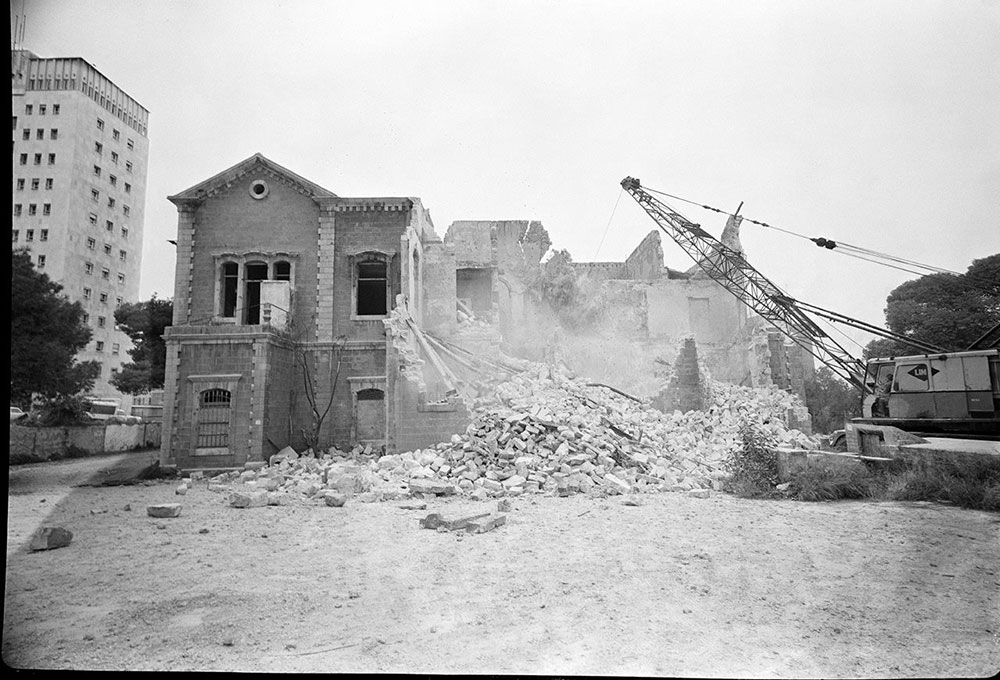Monday, September 21, 2015
The Loss: Two Houses in the Levant. Haifa. Cairo.
Gilad Ben-Nun (Frankfurt am Main/Leipzig), Isabelle Benoît (Brussels), Pierre Hazan (Geneva) and Ilana Salama Ortar with comments by Doreen Mende (Berlin/Geneva)
HEAD, Boulevard Helvétique 9, 1205 Geneva, seminar room CCC, salle 27, 2nd floor

The round-table discusses the project The Loss: Two Houses in the Levant. Haifa. Cairo. The session starts with the presentation of a trans-disciplinary investigation into the reconstruction of the violent destruction of two urban domiciles from the early 20th century: the Villa Khoury in the Wadi Nisnas district of Haifa (today Israel), and the Villa Ades in the Zamalek district of Cairo. Both villas were built in an eclectic style of Arab and European architectural elements by families of religious minorities (Christian Palestinians in Haifa, and Sephardic Jews in Cairo). Both constructions took place during the period of “Levantine Cosmopolitanism”, within the multicultural and poli-ethnic setting of the waning Ottoman Empire and the early years of British rule. Both houses were ultimately destroyed between 1948 and 1960 as the societies of the Middle East experienced the rise of heavily competing nationalisms that emerged as in the modernist project of Zionism in Palestine under Ben Gurion, and the idea of the United Arab Republic under Nasser. Both families went into exile in Europe, Lebanon and the U.S.A as refugees.
The round-table takes place at the very moment of Europe’s worst failure to care for war-related refugees since 1945. Is there anything to learn from the refugee history at this very moment? How can we understand the Universalism of seeking refuge? Which spaces do we need in order to learn about the historic event of loss as a contemporary figure in society – who needs these spaces, and where? Is violence constitutive for becoming a cosmopolitan subject? What can trans-disciplinary processes do for this debate? What role can the artist play in making issues of exile, migration and emergency visible in the public space? How does art combine its poetic or aesthetic drive with civic responsibility? What can a study programme of an art academy offer? What are the processes for making exiled knowledge public as a place to think from?